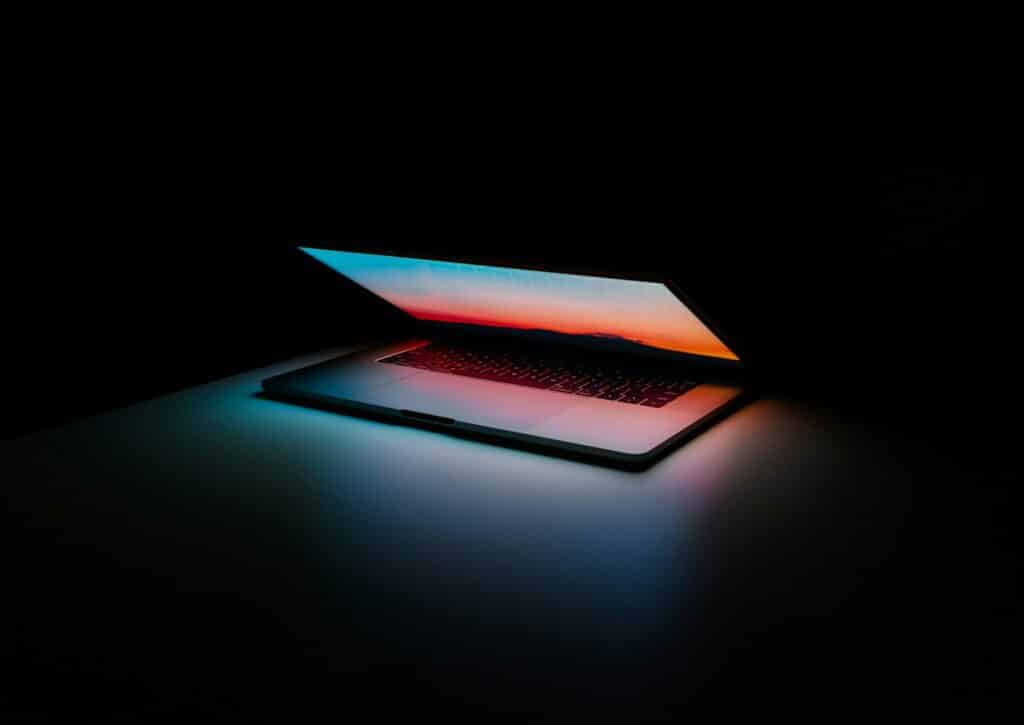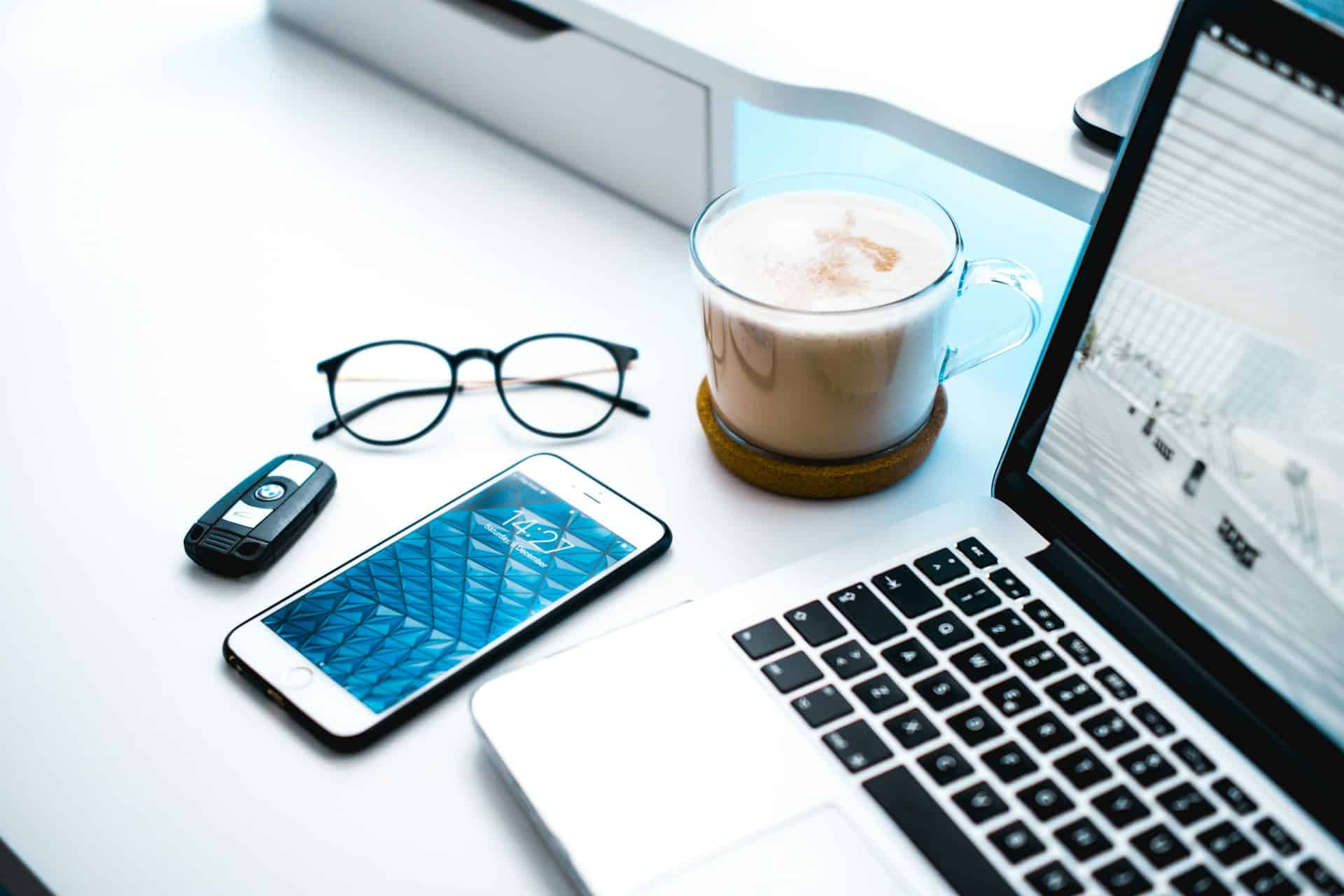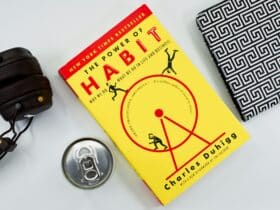The concept of digital minimalism has become more than a passing trend nowadays—it’s a movement reshaping how we experience technology. From endless notifications to the subtle addiction of scrolling, digital overload is quietly draining our focus, well-being, and time. Yet, embracing digital minimalism can reverse that trend, helping you achieve digital balance, improve your productivity, and nurture genuine human connection.
7 Benefits of Digital Minimalism
So, what are the top seven benefits of digital minimalism that you simply can’t ignore? Let’s explore this mindful approach to technology and discover how it can create a calmer, more intentional digital life.

1. Mental Clarity and Emotional Calm
Picture your phone lighting up every few seconds—emails, likes, pings, reminders. It seems harmless, but each digital interruption chips away at your peace of mind. One of the greatest benefits of digital minimalism is the restoration of mental clarity and emotional calm.
Our brains crave focus, but the digital noise we encounter daily turns concentration into a rare commodity. Digital minimalism encourages a conscious curation of apps, devices, and media consumption. Instead of reacting to every alert, you reclaim control. This intentional approach rewires your mind for deeper focus, reducing anxiety and mental fatigue.
Practical shift toward serenity
Start by identifying your most distracting digital habits. Maybe it’s checking social media before bed, replying instantly to every message, or having endless browser tabs open. Using simple tips for digital decluttering, such as turning off non-essential notifications or deleting unused apps, you can reintroduce stillness into your day.
Once mental clutter is reduced, your emotional balance improves. Less screen time often means lower cortisol (stress hormone) levels, regulated sleep, and more mindful awareness of your surroundings.
In essence, digital minimalism transforms your smartphone from a source of anxiety into a tool that supports mental wellness.
2. Enhanced Focus and Deep Work
Thanks to the fast pace of the digital world, deep concentration feels almost mythical. But digital minimalism makes it achievable again. When you minimize distractions, the mind learns to sustain attention for longer periods—an essential skill for creativity and productivity.
Neurologically, frequent task-switching—the kind prompted by checking notifications or browsing multiple apps—reduces efficiency and depletes mental energy. The result is shallow work: busy, fragmented thinking with little real progress. In contrast, adopting digital wellbeing practices helps you protect cognitive bandwidth and achieve “flow,” that optimal state where meaningful work happens.
Rebuilding your attention span
The digital minimalist treats focus like a resource worth guarding. Cal Newport, who popularized the term, suggests regularly scheduling digital detox periods to recharge the mind. Begin with short intervals—perhaps an hour a day without screens—and gradually expand them.
This doesn’t mean rejecting technology altogether. Instead, it’s about using tools intentionally. Replace endless scrolling with focused reading, journaling, or strategy sessions. The productivity gains are enormous: when distractions decrease, cognitive depth increases. Digital balance here means aligning your time with purpose rather than reacting to digital noise.
3. Healthier Relationships and Genuine Human Connection
Technology connects people globally, but paradoxically, it often disconnects us from those physically closest to us. The third key benefit of digital minimalism lies in rediscovering real human presence.
How often have you sat with family or friends only to find everyone’s attention diverted to their phones? Digital interruptions erode conversational quality, empathy, and emotional bonding. By minimizing screen interference, you allow relationships to breathe again.
Reclaiming authentic social life
Practicing digital minimalism can mean simple changes—no phones at dinner, device-free weekends, or setting communication boundaries during personal time. These habits foster deeper conversations and emotional warmth. People feel more seen and heard when you meet them with undivided attention.
It also enhances professional relationships. Being fully present in meetings or collaborations often leads to creative breakthroughs and mutual respect. The underlying principle is simple but powerful: by managing your connection to technology, you strengthen your connection to people.
Over time, digital balance nurtures social satisfaction, reducing feelings of loneliness that excessive online time can amplify.
4. Improved Productivity and Time Management
Technology was originally designed to enhance productivity—but when misused, it achieves the opposite. Apps compete for attention, and multitasking becomes the norm. Digital minimalism flips that equation by promoting purposeful tool use.
One of the most practical benefits of digital minimalism is time reclaimed. According to studies, the average person spends over three hours daily on their phone, much of it on unproductive browsing. Redirecting even a fraction of that time toward meaningful pursuits—reading, exercising, strategizing—can transform your daily output.
Minimalism as a productivity method
To apply tips for digital decluttering, begin with an honest audit of your tech usage:
- Track screen time using built-in analytics.
- Identify digital tools that genuinely support your goals.
- Eliminate or limit those that don’t.
Then establish digital routines with intention. For example, block specific hours for communication and keep creative periods distraction-free. Many professionals who adopt digital wellbeing habits find they achieve in five hours what previously took eight. The balance comes from quality over quantity—a signature trait of digital minimalists.
Ultimately, digital decluttering helps you regain not just hours but creative energy and purpose.
5. Better Physical and Digital Health
We often underestimate how deeply digital habits influence physical health. Excessive screen exposure leads to eye strain, poor posture, headaches, and disrupted sleep due to blue light. But the ripple effects go further—constant connectivity raises anxiety levels and fuels burnout.
Practicing digital minimalism supports both physical and mental wellness, forming the foundation of comprehensive digital wellbeing. A mindful tech lifestyle encourages scheduled breaks, healthy ergonomics, and intentional offline time.
Building habits that support wellness
Every effective digital detox begins with boundaries. Set time limits on apps, especially social media or news platforms that induce comparison or stress. Reintroduce analog activities like journaling, outdoor walks, or reading physical books.
Balancing technology with nature exposure or movement recharges your system and improves sleep cycles. Over time, this leads to a more sustainable rhythm—a state of digital balance where devices serve health rather than harm it.
Moreover, decluttering digital space (files, emails, folders) can improve cognitive fitness too. A tidy desktop and organized inbox subconsciously promote order and calm. Tips for digital decluttering, even something as small as cleaning your digital workspace weekly, can create a significant boost in overall wellbeing.
6. Increased Creativity and Presence
Creativity thrives on stillness and boredom—two states nearly extinct in the age of constant stimulation. When the mind finally has space, it begins to explore new associations and ideas. That’s why digital minimalism acts as an incubator for creativity.

Think of artists, writers, or strategists who unplug to produce their best work. By reducing digital clutter, they create mental silence where inspiration can surface. Every ping silences a potential thought; every distraction delays discovery. Minimalism restores that lost mental ecosystem.
Reconnecting to the present
A practical digital detox encourages mindful observation of the world. Instead of documenting every moment online, you start to live it fully—savoring sounds, textures, and sensations. That awareness fuels originality.
Try small exercises:
- Go for a walk without your phone.
- Create something by hand.
- Reflect on your ideas before sharing them online.
With consistent digital balance, creativity becomes a natural byproduct of presence. You start noticing patterns, emotions, and insights missed in the blur of digital noise. What emerges is authenticity—the hallmark of creative brilliance.
7. Greater Purpose and Life Satisfaction
The final and perhaps most profound benefit of digital minimalism is rediscovering purpose. Constant digital engagement often traps people in cycles of comparison and distraction, distancing them from what truly matters. When you consciously simplify your digital life, space emerges for introspection, values, and direction.
Reclaiming intentional living
Ask yourself: do your online activities align with your personal goals? Digital minimalism encourages an intentional filter where only meaningful digital interactions remain. You begin to prioritize quality over quantity—not just in content consumption but in daily choices.
Many who undertake long-term digital detox periods report improved mood, stronger self-awareness, and heightened motivation. Without the pressure of constant online validation, satisfaction starts coming from personal growth and meaningful achievements.
In essence, this philosophy nurtures harmony between your digital self and real life, forming the ultimate digital balance. You no longer live by algorithms—you design your life consciously.
How to Start Practicing Digital Minimalism
Embracing minimalism doesn’t require radical lifestyle shifts overnight. It’s a gradual, adaptive process shaped by trial, reflection, and intentionality.
Here are foundational tips for digital decluttering to begin your journey:
- Audit your digital footprint. Identify platforms, apps, and devices you rely on daily. Ask which genuinely serve your values or productivity.
- Simplify your notifications. Silence those that do not require immediate attention.
- Create tech-free zones or hours. Strengthen boundaries—keep your phone outside the bedroom or away during meals.
- Prioritize mindful consumption. Follow creators or news sources that enrich rather than overload your mind.
- Schedule digital detox cycles. Dedicate one full day weekly or monthly to remain offline.
- Organize digital files regularly. A clutter-free desktop and inbox lower stress.
- Redefine success. Celebrate offline progress—skills, relationships, health—not just digital engagement.
These routines align perfectly with the broader philosophy of digital wellbeing, enabling you to sustain a meaningful equilibrium rather than swing between extremes of hyperconnectivity and total disconnection.
The Bigger Picture: Building a Digital Culture of Intention
Digital minimalism extends beyond individual lifestyle—it represents a shift in cultural consciousness. As societies, workplaces, and institutions increasingly depend on digital infrastructure, re-evaluating our relationship with technology becomes critical to collective mental health.
Companies that encourage digital balance among employees often see measurable benefits: increased innovation, reduced burnout, and higher morale. Schools practicing digital wellbeing education cultivate students capable of critical, self-aware tech usage. Even policymakers are beginning to recognize the need for designing humane technology that respects human attention as a finite resource.
The philosophy echoes the early humanist ideal that tools should serve humanity, not dominate it. Digital minimalism transforms that ideal into modern practice—technology becomes an extension of meaning, not a substitute for it.
Minimalism as Empowerment
The modern world doesn’t demand total disconnection but conscious participation. Digital minimalism isn’t about rejecting progress or technology; it’s about reclaiming agency in a fast, algorithm-driven environment.
Through mindfulness, intentional design, and tips for digital decluttering, anyone can reshape their digital relationship. The benefits ripple outward—mental clarity, focus, connection, creativity, health, and purpose—all contributing to a sustainable, fulfilling life.
Ultimately, digital minimalism isn’t just a lifestyle; it’s a quiet revolution of attention. By practicing it, we honor what truly matters—our time, our presence, and our humanity.


















